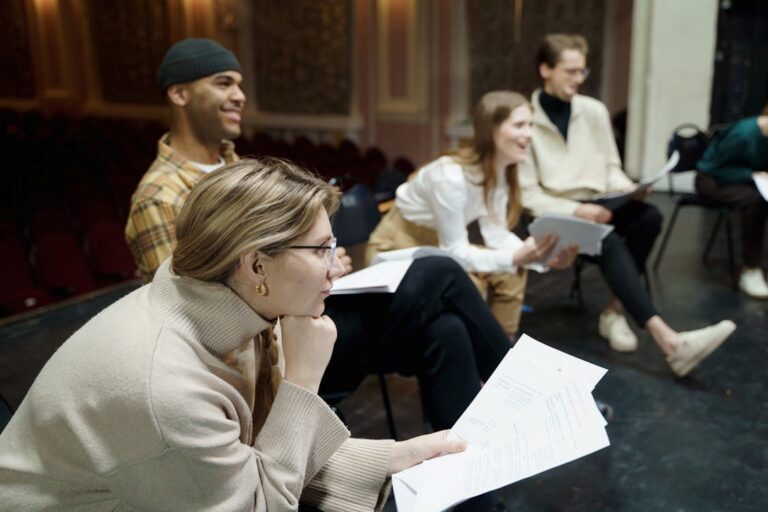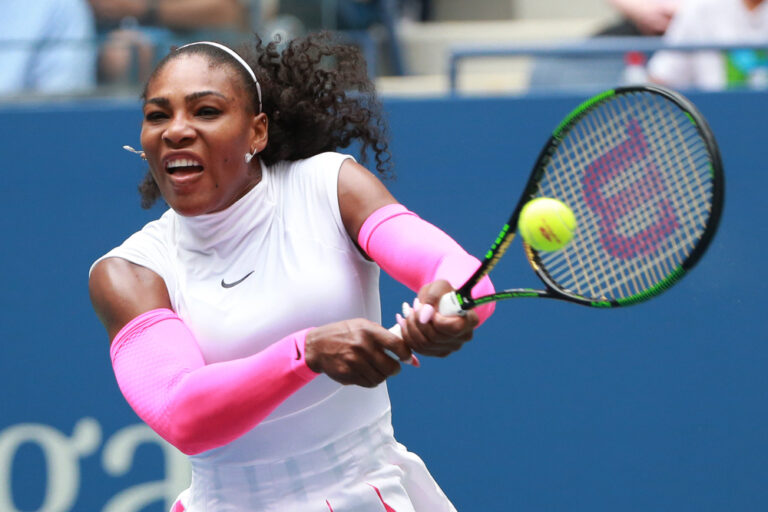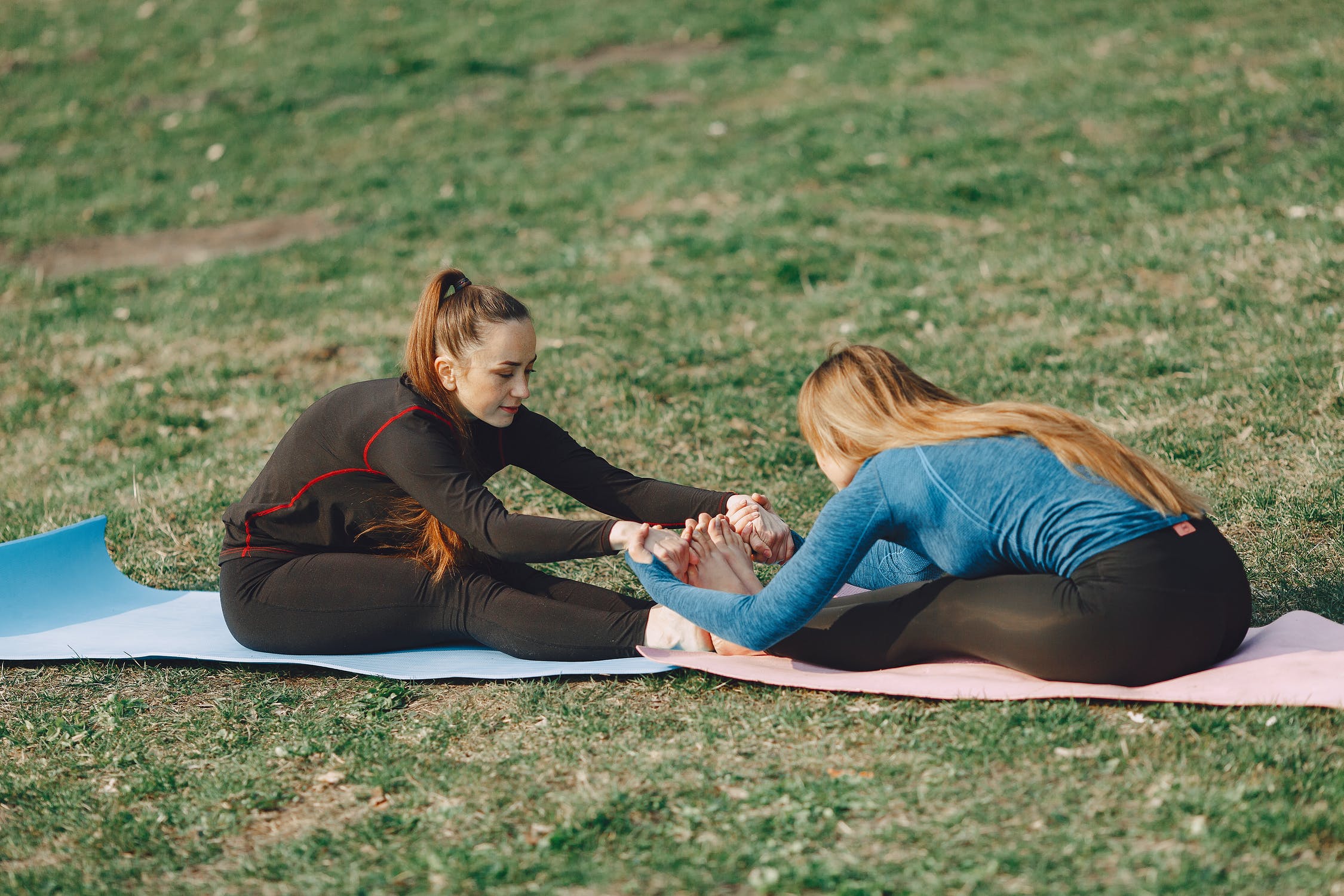
fciwomenswrestling.com femcompetitor.com, fcielitecompetitor.com, fciwomensports, pexels.com Gustavo-Fring-photo.
In competitive sports, it’s the ultimate deal breaker.
A female athlete can build up her muscles, gain years of valuable experience, train extensively in MMA and have a top flight fitness program but all of that can go by the wayside when there is a severe knee injury.
It’s a scenario that NFL players know all too frighteningly well.
In our great global female submission grappling industry, from experienced to otherwise, we frequently view matches where the Fem Competitor is wearing a knee support like the German wrestler Rocket shown here.
Rocket with knee support
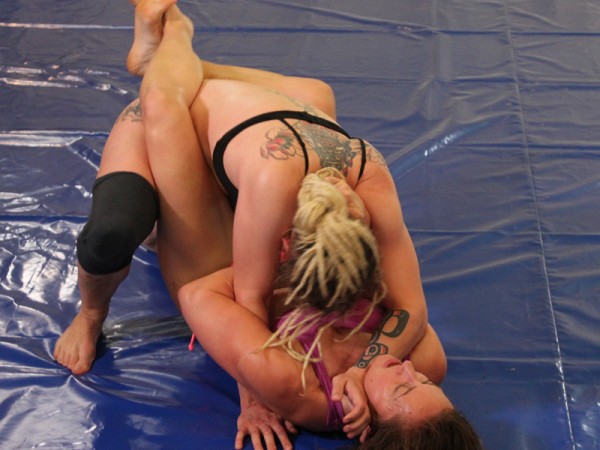
Rocket appears to be new to the scene but is a bright girl who speaks Russian, English and a little German.
For sessions her email is chezanaher@yahoo.com
We’ve also witnessed an example of a solid San Francisco area wrestler in Rain DeGrey who is trouble to anyone of any skill level on the mats. Here she battles Penny of San Francisco with her knee supports on in full display.
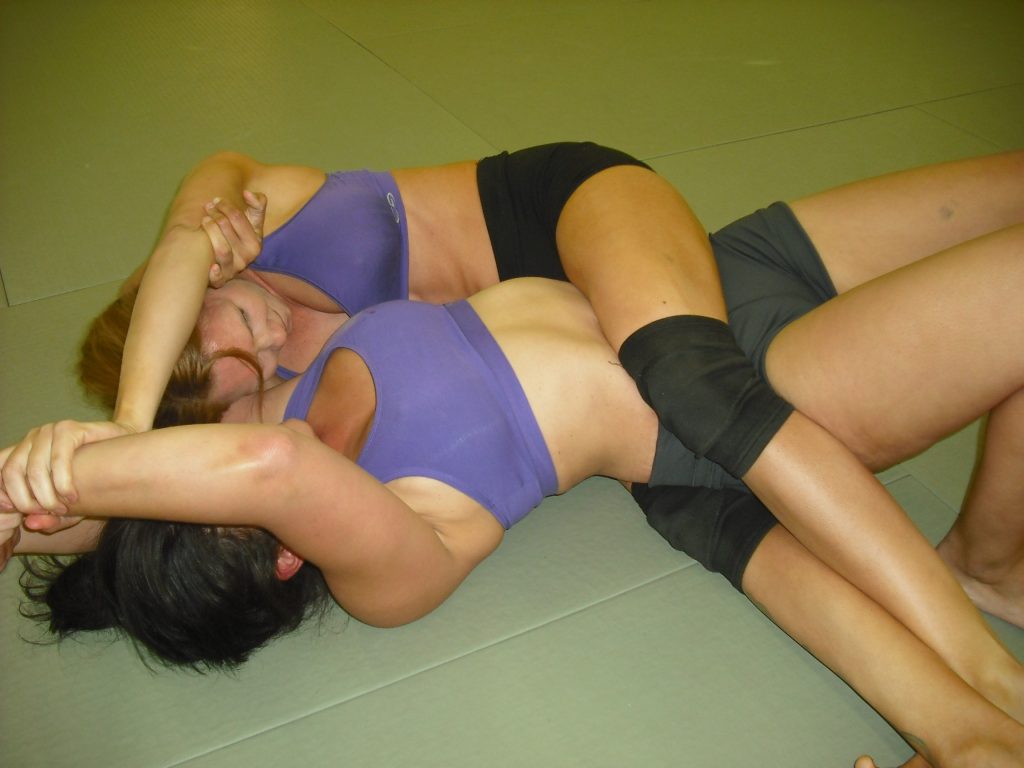
Her match against Penny can be found in the store at http://grapplingstars.com/
Femcompetitor Magazine has written two articles on her as well.
Rain DeGrey Is Relentless! – FEMCOMPETITOR MAGAZINE
Rain DeGrey, Great Wrestler, Philosopher, Almighty Wise
So that being the case, with just two examples of many, it’s not all doom and gloom. If you are a female athlete, what can you do to take steps to reduce or prevent knee injuries?
An ounce of prevention is worth a pound of cure.
We researched a female writer that we like and she seems to have some important suggestions that may be helpful. Please lend an ear.
The Female Athlete’s Knees – 15 Rules For Knee Care
Knee injuries account for one-fourth of all sports injuries. After puberty, girls have an overall Anterior Cruciate Ligament (ACL) knee injury risk of 1 in 50. In college, women are 3 times more likely to suffer an ACL injury in comparison to men. So, it is very important for female athletes to take action now to protect their knees. Whether you are a walker, a competitive athlete or a weekend cycler, the basic rules of knee care apply. They include strengthening muscles, (in particular the hamstrings and glutes for girls/women) increasing flexibility, using proper technique, trimming excess pounds and knowing when to increase or decrease activity that puts stress on the knee. This article lists 15 ways to protect the knees and the joint structure along with providing basic exercises for strengthening and stretching the body’s largest joint and surrounding musculature.
15 Rules For Knee Care:
- Train with a female specific, functional training program especially for pivot sports.
- Work with a strength coach that stays abreast on training issues unique to the female athlete, in particular, ACL injury prevention strategies.
- Shed extra pounds and maintain an ideal body weight. Each extra pound you carry puts four extra pounds of pressure on your knee when you walk.
- Check your posture. You may have kyphosis (rounded shoulders), lordosis (swayed back), scoliosis (curvature of the spine), flat feet, or other postural problems that can affect gait and put additional stress on the knees.
- Train the core, the weakest link in the body. Also train the back and hips in order to play in an athletic stance, the knee-protecting position.
- Prepare properly for your sport. Start a strength and conditioning program 8-10 weeks before your season or a new activity. Make sure plyometrics and balance and agility training are a part of your overall program. Avoid actions such as full squats, where the hips drop below the knees, downhill running and climbing stairs two at a time.
- Learn how to jump and land properly. Jump straight as an arrow and land light as a feather, toes to heels with hips, knees and ankles flexed. Maintain a straight back-neutral spine position. Maintain chest over knees and knees over feet. Land on the ball of your foot and sink into your heel. Always perform jump training exercises on the proper surface, examples: land on mats or a wood floor.
- Always be aware of using impeccable technique while training, especially with jump training.
- Train functionally for improved performance and injury prevention. Functional meaning, closed chain (feet on the floor) activities that mimic the skills you would use in your sport. Most of your training should be done off of exercise machines. Start with body weight activities and then progress to external light weight resistance exercises. Once form is mastered with basic functional training exercises then progress to more advanced forms of strength training, ex. using heavier weights or training with the Olympic lifts.
- Improve agility and reaction times. Women contract their muscles slower than men and women take longer to generate maximum force. Train more like tennis players. They stay in an athletic stance, they stay low and move with smaller, quicker steps. They also know how to stop, cut, twist and turn. You don’t see many female tennis players tearing their ACL.
- Strengthen the hamstrings, not just the quadriceps. The hamstrings (back of the thigh) are usually weaker than the quads in female athletes. The hamstrings help to stabilize the ACL and can also help improve one’s vertical jump.
- Guard against overtraining and overuse. Avoid intensified or lengthened workouts over long periods of time which create additional friction in the joint and increase risk of injury from overuse.
- Minimize knee stress while cycling. Make sure the seat of your bike is at the proper height and avoid high gears.
- Check your athletic shoes. Worn out or improperly fitted shoes may put knees at risk. Outside of your workouts, avoid wearing high heels on a regular basis.
- Seek alignment help. Orthotics, custom-made foot supports, may help correct foot or leg alignment problems.
Do exercises that strengthen the knee Perform these exercises to strengthen the muscles (quadriceps, hamstrings and glutes) that help stabilize and protect the knees:
- Single-leg, one-quarter bends: Holding onto a wall, lift and extend one leg forward, slowly lower yourself one quarter of the way down by bending the other knee. Take the hip back as if to sit down in a chair. Hold for five seconds, slowly straighten up, repeat 10 times and switch legs.
- Straight leg lifts: Lie on back, bend one knee with foot on floor; slowly lift straight leg about 12 inches off the floor, keeping hips, lower back on floor; hold five seconds, then lower slowly; repeat 10 times, then switch legs (add light ankle weights if comfortable, avoid this exercise if you have back problems.)
- Standing Squats: This exercise is proven to increase vertical jump and aid in creating a co-contraction of the quadriceps and hamstrings. Stand with feet hip width apart. Descend into a squat with hips moving backward as if to sit in a chair. Knees should stay in line with the feet, no “wobbly” knees. Avoid an excessive forward bend, keep chest up and look straight ahead. It is important to keep the heels on the floor and don’t let the knees protrude in front of the toes.
- Lunges: Stand up-right, feet together, hands out to the sides. Take a comfortable lunge forward with one leg, keep knee over the foot and behind the toes. Sit down in the lunge until knee of trailing leg almost touches the floor. Keep torso upright, chest up and chin up. Push off heel of lead leg to rise up and step back to starting position and then repeat action with the other leg.
- Stability ball leg curls: This exercise is great for strengthening the hamstrings. Lie flat on your back on an exercise mat, with hands and arm down at sides, put both heels directly on top of a stability ball. Make sure the stability ball fits your height. Lift hips off the floor until body forms a straight line from head to ankles. Perform a leg curl, bringing ball into buttocks, return to starting position and then repeat. Keep hips up the entire time for 12-15 repetitions. Do 1-3 sets.
Stretches for the Quadriceps and Hamstrings:
- Standing quad stretch: When standing upright, reach with right hand and pull heel of right foot up toward buttocks. Keep right knee pointed straight down. Hold for 20-30 seconds, switch legs. No bouncing.
- Standing hamstring stretch: Stand facing a workout bench, put the heel of one leg on top of the bench. Keep both knees soft, (slight knee bend). Bend at hip, keep chest up and reach with both hands to toes. Hold for 20-30 seconds, switch legs. No bouncing.
Margaret Hofmann, MEd, is the Owner of Female Athletes First and an ACE-certified Personal Trainer and Performance Coach who specializes in designing functional strength and conditioning programs for the female athlete. She is former Division I level volleyball player and college coach who has been mentoring and training female athletes for 25 years. She has strength and conditioning programs available for female athletes on her web site.
~ ~ ~
OPENING PHOTO State News File Photo Lilly Physical Therapy Edmonds WA
Sources: brainyquote.com, Wikipedia, fciwomenswrestling2.com, FCI Elite Competitor, photos thank you Wikimedia Commons.
http://ezinearticles.com/?The-Female-Athletes-Knees—15-Rules-For-Knee-Care&id=985090
Article Source: http://EzineArticles.com/expert/Margaret_Hofmann/171536
Article Source: http://EzineArticles.com/985090


